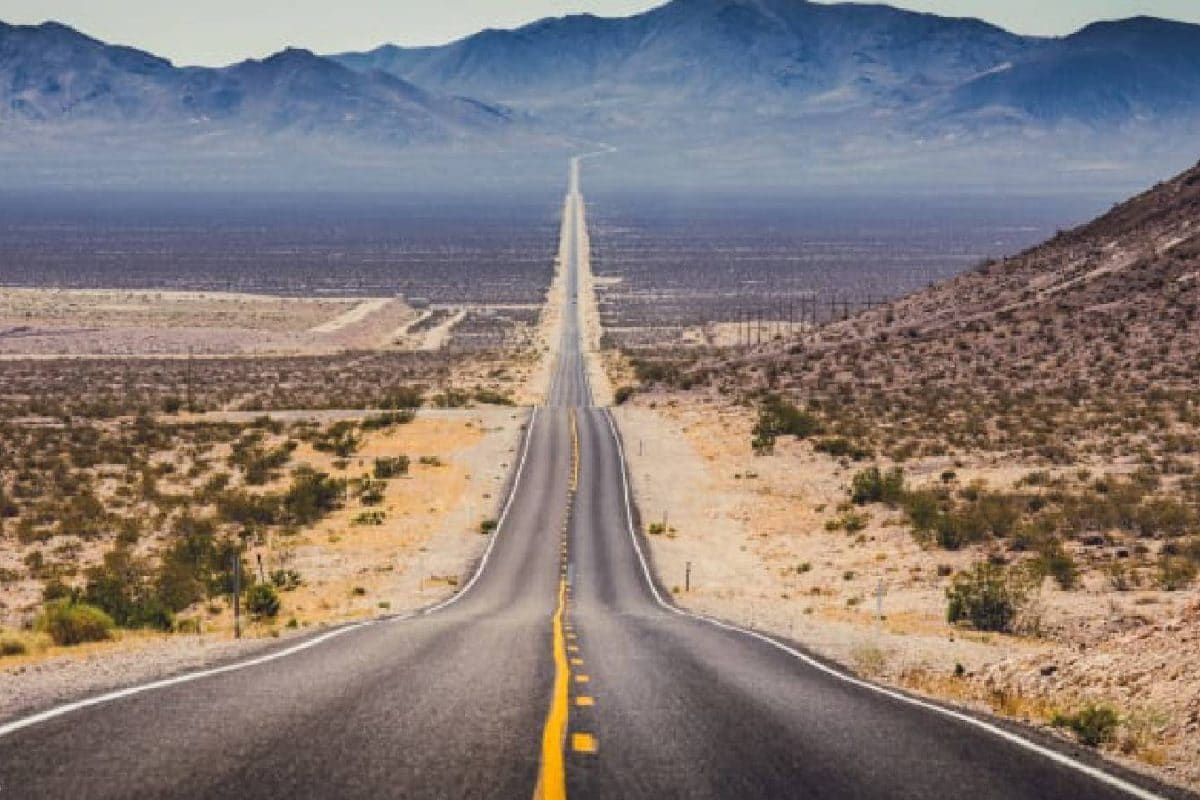Spanning 14 countries, this iconic highway links North, Central, and South America, weaving through Canada, the US, Mexico, all the way to Argentina. Roads and highways connect people, places and cultures across the globe, but one route stands out as the longest and one of the most awe-inspiring: the Pan-American Highway. Not only is this famous route record-breaking, but it also spans an impressive 30,600 kilometres (nearly 19,000 miles), linking North and South America.
Often hailed as the world’s longest drivable road, the Pan-American Highway stretches through interconnected highways across North, Central, and South America. The journey begins in Prudhoe Bay, Alaska, and concludes in Ushuaia, Argentina. Even more fascinating is that a significant stretch of the Pan-American Highway is considered one of the straightest long-distance roads in the world, remarkably free of major curves or sharp turns.

For adventurous travellers planning to take on this monumental journey, completing it would take approximately 60 days, assuming you drive 500 kilometres per day without long breaks. The highway weaves through 14 countries, including: Canada, the United States, Mexico, Guatemala, El Salvador, Honduras, Nicaragua, Costa Rica, Panama, Colombia, Ecuador, Peru, Chile, and Argentina—making it not just a route, but an epic voyage across landscapes, cultures, and histories. All of these countries worked together to build this enormous road system, forming a route that essentially connects the Americas.
The highway passes through a variety of environments, including deserts, mountains, rainforests, and coastal areas. The Pan-American Highway was designed with connections in mind, not just routes. In the early 1920s, leaders had an idea for a continuous road that would encourage adventurous long-distance travel, stimulate tourism throughout the US, and increase sales of American-made cars.
When 14 nations signed the Pan-American Highway Convention in 1937, this ambition became a reality. An unbroken land connection between the north and south was to be established, and each country committed to building and maintaining its share of the road. The Highway had been declared open to continuous traffic by the early 1960s.
Therefore, if you’ve ever wanted to travel thousands of kilometres across countries, cultures, and time zones without having to change directions, the Pan-American Highway might be the ultimate road trip experience..
Technology

The World’s Longest Road With No U-Turns Passes Through 14 Countries

Spanning 14 countries, this iconic highway links North, Central, and South America, weaving through Canada, the US, Mexico, all the way to Argentina.















